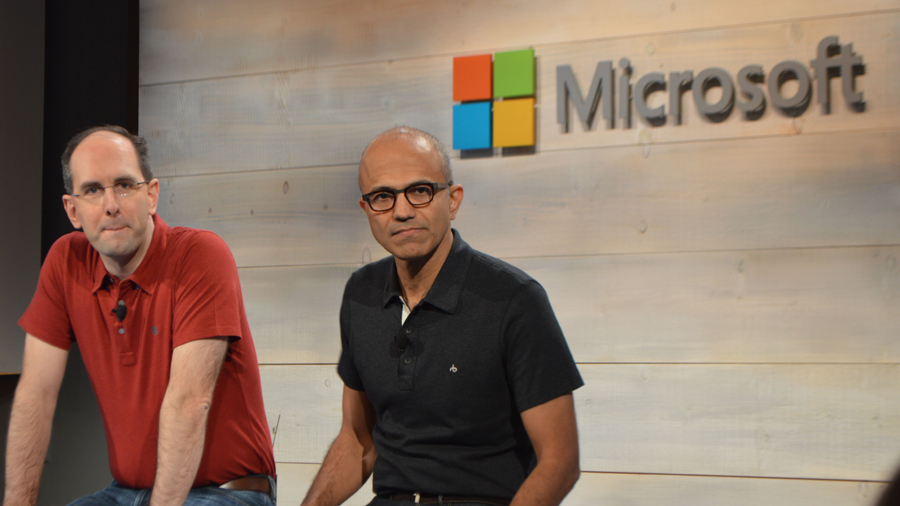Nadella: Women paid equally at Microsoft, but there's work to be done
Microsoft CEO can't run from his remarks

Microsoft CEO Satya Nadella found himself in boiling water last week when he suggested women shouldn't ask for raises and instead trust in karma that equal pay would come their way. He's spent the subsequent days trying to make amends for his remarks, and today during an event focused on the cloud he once again addressed the seething issue.
During a Q&A session following revelations on Azure, Nadella called the last week "a humbling and learning experience for me."
He said at Microsoft, women and men are paid equally for equal work. However, where he sees a need for improvement is in making sure there are equal opportunities for women to be hired for equal work, and he said Microsoft will "continue to work as a company to make progress" in that area.
When asked what concrete steps Microsoft is taking to achieve a more gender-balanced workforce, especially in engineering, Nadella pointed to mentoring and "returnship," or making it easier for women to come back to work after taking time off. While he pointed to executives like Julie Larson-Green (chief experience officer of Microsoft's "My Life & Work" team) and Bonnie Ross (head of 343 Studios, makers of Halo) as women who hold senior engineering positions, Nadella assured Microsoft is actively seeking ways to bring more women into its workforce.
"We have a lot more to do," he said. "We have made some progress, but we need to look at what are the key obstacles."
- Windows 10 - this is what it's all about
Are you a pro? Subscribe to our newsletter
Sign up to the TechRadar Pro newsletter to get all the top news, opinion, features and guidance your business needs to succeed!
Michelle was previously a news editor at TechRadar, leading consumer tech news and reviews. Michelle is now a Content Strategist at Facebook. A versatile, highly effective content writer and skilled editor with a keen eye for detail, Michelle is a collaborative problem solver and covered everything from smartwatches and microprocessors to VR and self-driving cars.
